Power of ERDC Podcast
The U.S. Army Engineer Research and Development Center (ERDC) has been solving the nation’s toughest challenges for more than 90 years. Now, you can go behind the scenes as some of our nation’s smartest engineers and scientists solve complex problems across ERDC’s broad Civil Works and military mission space.

Our Episodes
#28: Advanced manufacturing: Using 3D printing, new materials and optimized designs to produce large-scale components
As America’s civil works infrastructure facilities age beyond their initial design lives, so do the thousands of individual components that keep them functioning. These original components were often fabricated using vintage material and manufacturing methods, making them costly, burdensome and time-consuming to replicate. However,...
Podcast: Play in new window | Download
#27: RAIL: Making it easier to transport armored vehicles to austere locations
Despite modern transportation advancements, rail remains a superior method for moving heavy military equipment over vast inland distances. However, transporting tanks by train requires railyard facilities with specialized equipment capable of moving the armored vehicles onto and off of the rail cars. In response,...
Podcast: Play in new window | Download
#26: Sand Boil Filter: A more efficient tool to combat internal levee erosion
When river levels rise, so does the threat of sand boils, which occur when water bubbles out of the ground near the base of a levee, surrounded by a mound of displaced soil. Caused by increased pressure, sand boils are a visible sign of...
Podcast: Play in new window | Download
#25: CorpsCam: Enabling more proactive coastal management through real-time monitoring and data
Monitoring large and constantly changing coastlines can be expensive, time consuming and dangerous. Traditional surveying methods are also limited because they only provide a single snapshot in time and don’t capture the full picture. As a result, coastal managers don’t always have the information...
Podcast: Play in new window | Download
#24: Providing Supercomputing Resources to Enable DOD Problem Solving
We talk with Dr. Ben Parsons, chief technology officer with the High Performance Computing Modernization Program (HPCMP), about how the program enables the Department of Defense (DOD) to solve its most critical mission challenges. Managed by ERDC, the HPCMP delivers world-class high-performance computing and...
Podcast: Play in new window | Download
Podcast Resources
USACE Civil Works R&D: Value to the Nation
Through its Civil Works missions the U.S. Army Corps of Engineers supports the national economy, community resilience, and human and ecosystem health with focus on: Navigation, Flood and Coastal...
ERDC: Serving the Warfighter and the Nation
Did you know that ERDC is the U.S. Army Corps of Engineers’ premier research and development organization? ERDC conduct world-class research, with world-class people, focused on solving challenges for...
ERDC’s R&D
The most complex challenges require multidisciplinary approaches and solutions, utilizing expertise across laboratories to address them. ERDC uses two enterprise approaches to manage and execute major programs: ERDC Research...
About ERDC
The research and development arm of the U.S. Army Corps of Engineers, ERDC, was established after the great Mississippi River flood of 1927 to conduct the research that would prevent a similar disaster from occurring in future floods.
Today, ERDC is made up of seven research laboratories in four states, with areas of expertise that include blast and weapons effects; battlespace terrain mapping; cold regions science and engineering; civil and military engineering; computational prototyping for military platforms; coastal, river and environmental engineering; and military installations and infrastructure. Its vision is to be a world-class research and development organization that discovers, develops and delivers new ways to make the world safer and better every day.
ERDC is unique in that it can harness the expertise of multi-disciplinary teams across its labs to provide solutions for the Army, the Department of Defense, and the nation’s Civil Works challenges.
Join Our Ecosystem
Subscribe to the ERDCWERX mailing list to find out about upcoming events and project opportunities launched in conjunction with ERDC

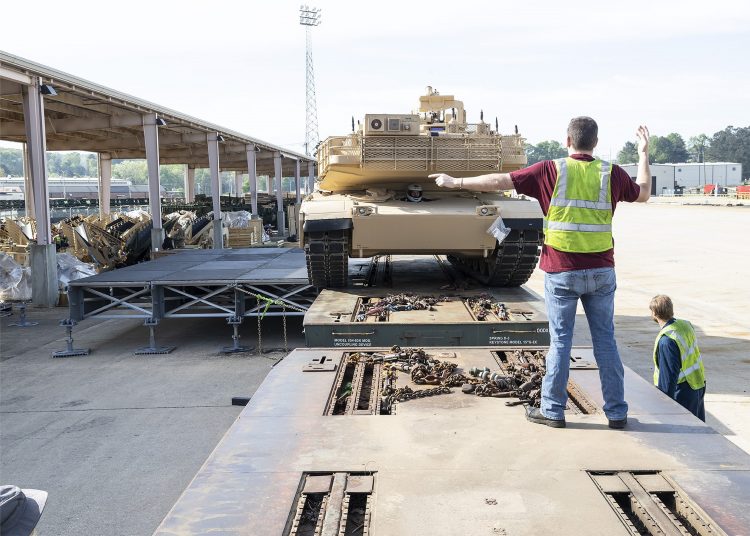
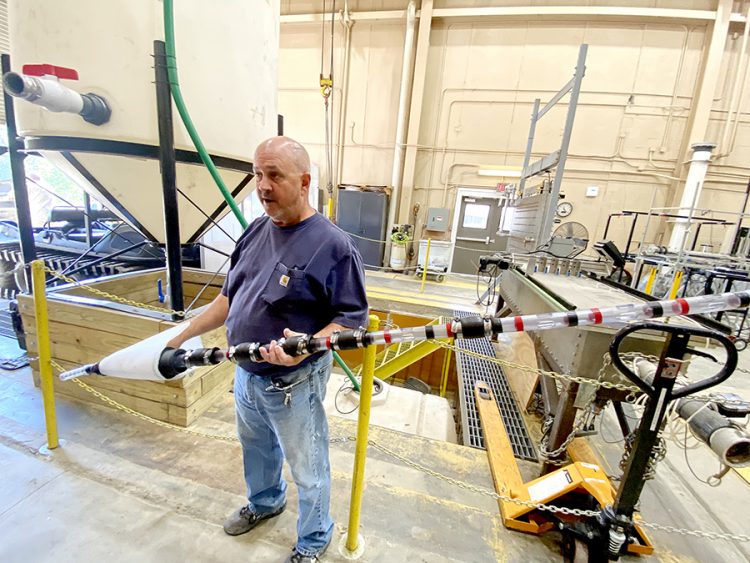
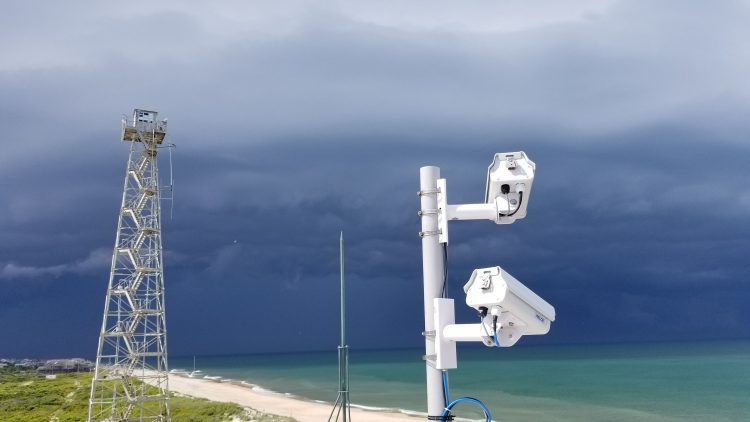


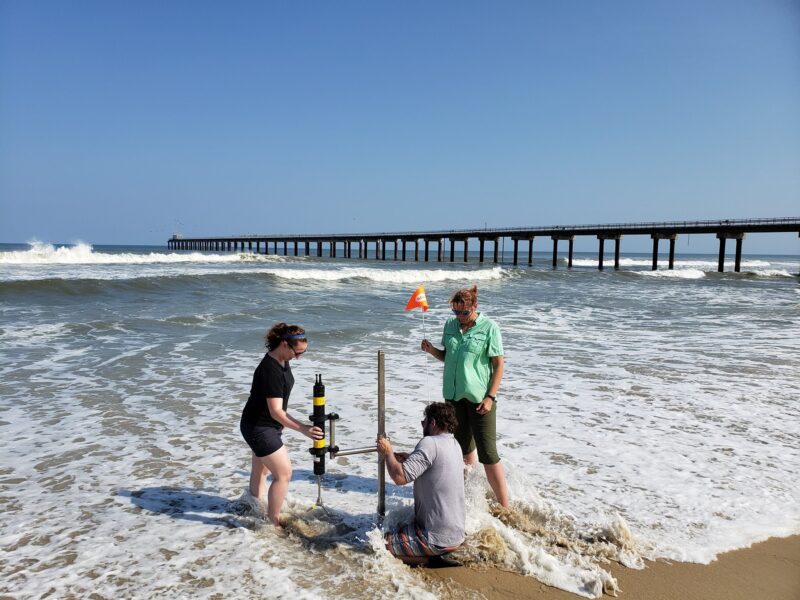

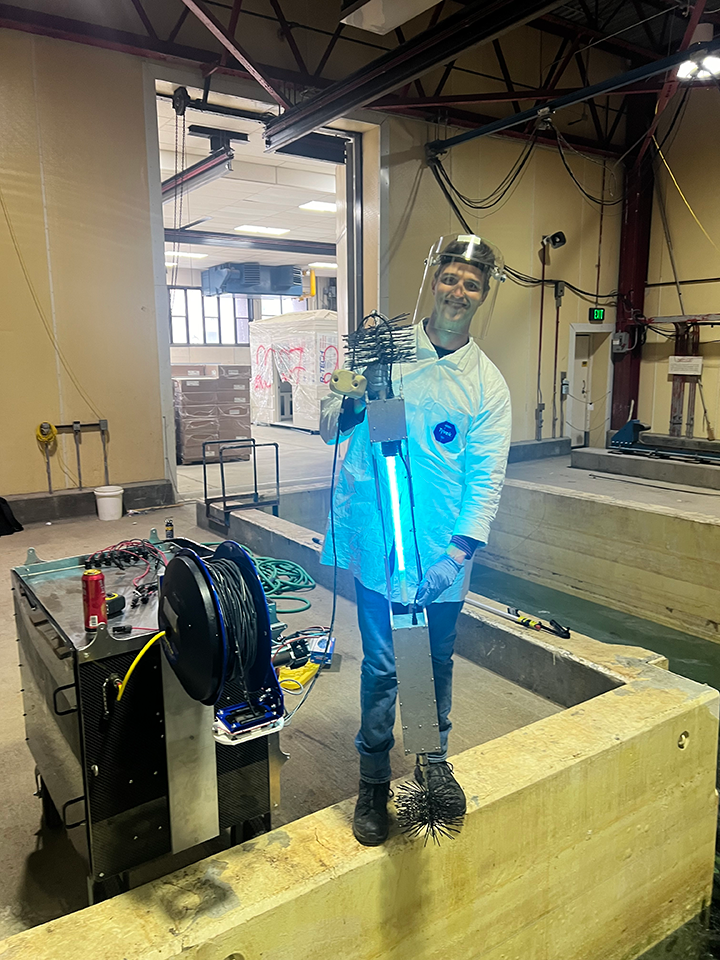


#29: Underkeel Clearance: Quantifying demand for USACE dredging
The ships calling upon U.S. ports have grown larger, and navigation channels must be dredged to greater depths to handle them. However, dredging is expensive, and the U.S. Army Corps of Engineers (USACE) needs more data-driven tools to prioritize limited resources more efficiently. Responding...
Podcast: Play in new window | Download